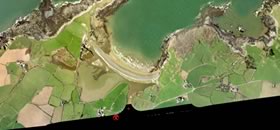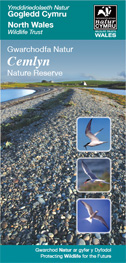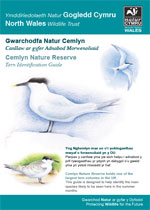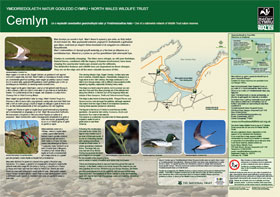 |
 |
 |
|
part of the Anglesey Coastal Nature Reserves Project |
|||
|
|
|||
Introduction to Cemlyn Cemlyn is one of North Wales
Wildlife Trust’s star reserves and regarded by the Anglesey
County Council as the “jewel in the crown” of its Area
of Outstanding Natural Beauty. Situated on the North coast of Anglesey, about three miles West of Cemaes, the reserve land, which is owned by the National Trust and has been leased by NWWT since 1971, includes a large lagoon, separated from the sea by a spectacular, naturally-created shingle ridge. The ridge, known as Esgair Gemlyn, is formed by the process of longshore drift, its profile changing with the action of tide and weather. This unique geographical feature also provides a habitat for interesting coastal plants such as Sea Kale, Sea Campion, and Yellow Horned Poppy. In the summer, the lagoon is the backdrop for Cemlyn’s most famous wildlife spectacle. Clustered on islands in the brackish water is a large and internationally important seabird colony, including breeding Common and Arctic Terns, and one of the U.K.’s largest nesting populations of Sandwich Terns. From the vantage point of the tern viewing area on the ridge, visitors experience these rare and elegant birds close-up – chasing and diving in courtship displays; incubating eggs; preening and bathing in the lagoon, or calling to their hungry chicks as they come winging in with freshly-caught fish. Around the reserve there are
also areas of coastal grassland, farmland, scrub, wetland, and both
rocky and sandy shore encircling Cemlyn Bay. These are home to a
wealth of life - birds, mammals, insects, wildflowers and marine
creatures which, together with the tern colony, make up a fascinating
ecosystem: an ideal ‘outdoor classroom’ for studying biodiversity.
|
|
||||||||||||||||||||||||
|
website designed and maintained by antenna creative
|
|||||||||||||||||||||||||







